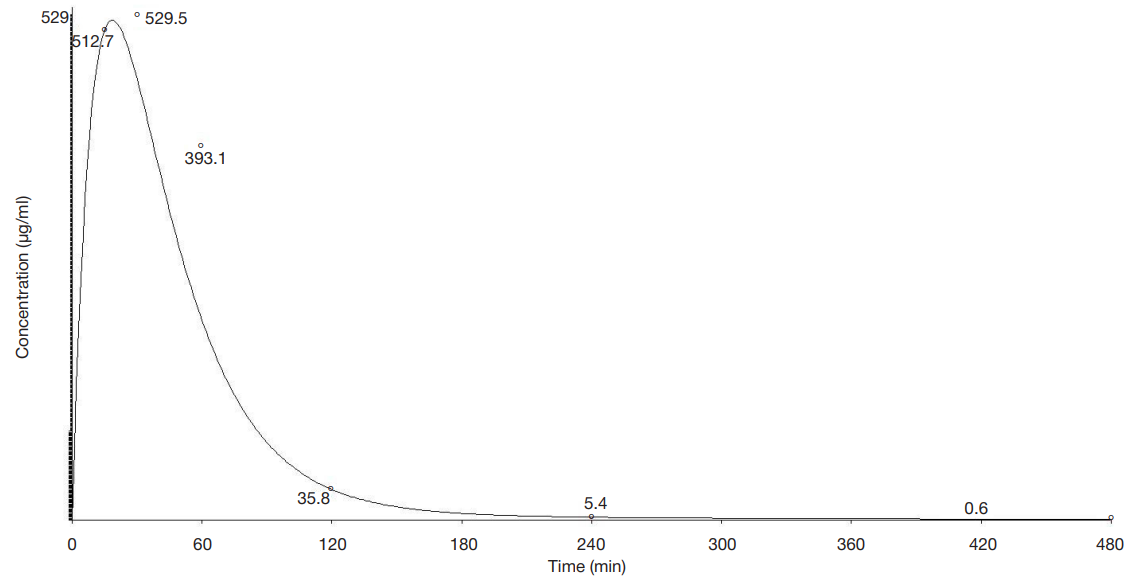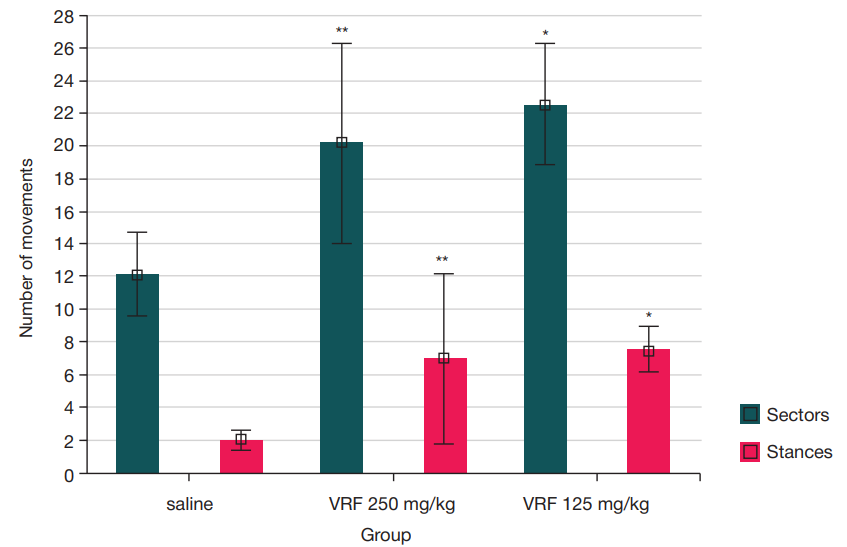
This article is an open access article distributed under the terms and conditions of the Creative Commons Attribution license (CC BY).
ORIGINAL RESEARCH
Study of the new 4-phenylpyrrolidinone-2 derivative pharmacokinetics and neuroprotective effect in the ischemic stroke animal model
Pirogov Russian National Research Medical University, Moscow, Russia
Correspondence should be addressed: Denis A. Borozdenko
Ostrovityanova, 1, Moscow, 117997; ude.hcetsyhp@oknedzorob
Funding: the study was performed as a part of the 2018–2020 Pirogov Russian National Research Medical University public assignment, R&D registration № АААА-А18-118051590108-1.
Acknowledgements: to Kamkin AG PhD, head of the department of Physiology of the Faculty of Biomedicine, head of the laboratory of Electrophysiology of the Institute of Translational Medicine of Pirogov Russian National Research Medical University for the opportunity to use the equipment of the Scientific and Educational Center for the study of molecular and cellular mechanisms of hypoxia and ischemia; to Abakumov MA PhD, associate professor of the department of Medical Nanobiotechnology of the Faculty of Biomedicine, for his assistance in modelling, MRI scanning and interpretation of the results.
Author contribution: Borozdenko DA — working with animals, primary data acquisition and analysis, manuscript writing; Lyakhmun DN — working with animals, functional testing; Golubev YaV — substance concentration analysis; Tarasenko DV — synthesis of substance; Kiseleva NM — study design, study management, manuscript preparation; Negrebetsky VadV — study design, study management.










